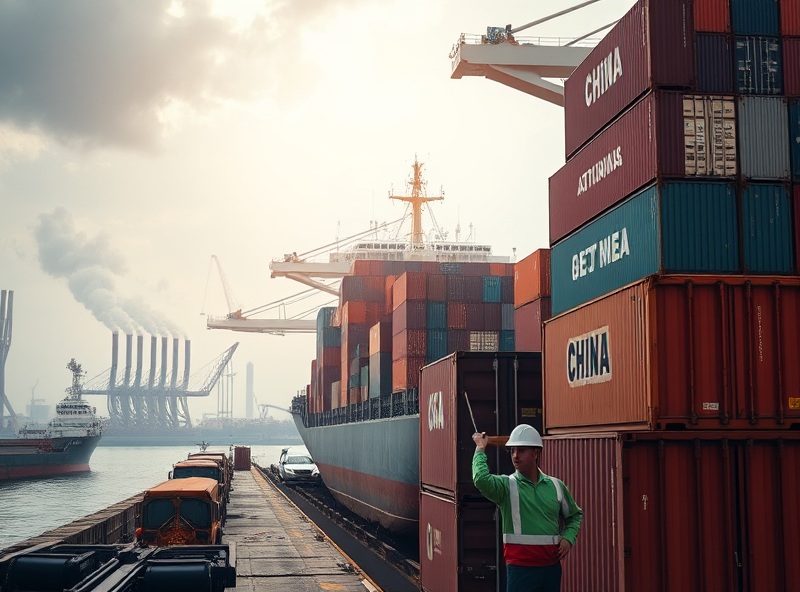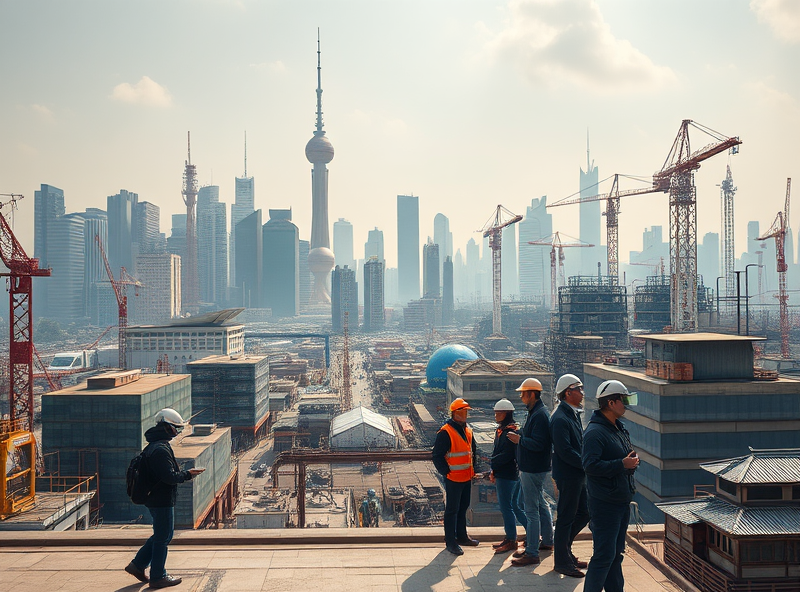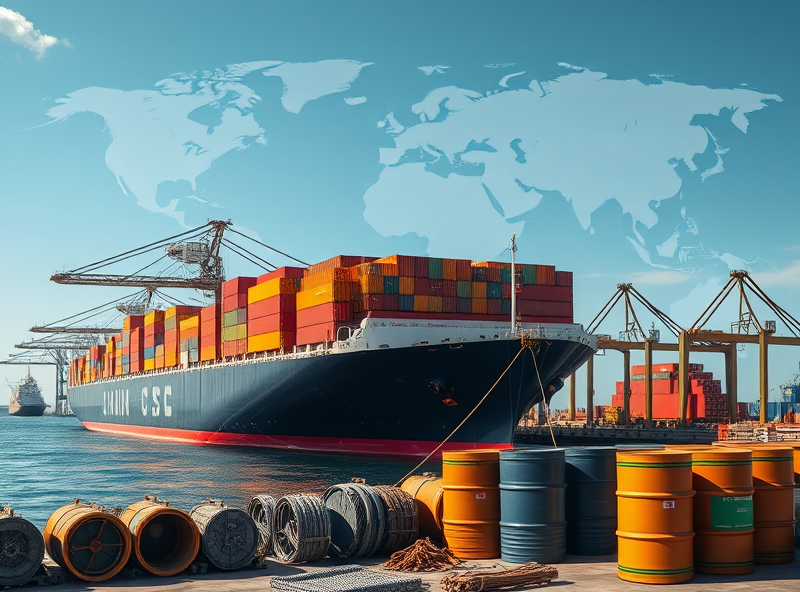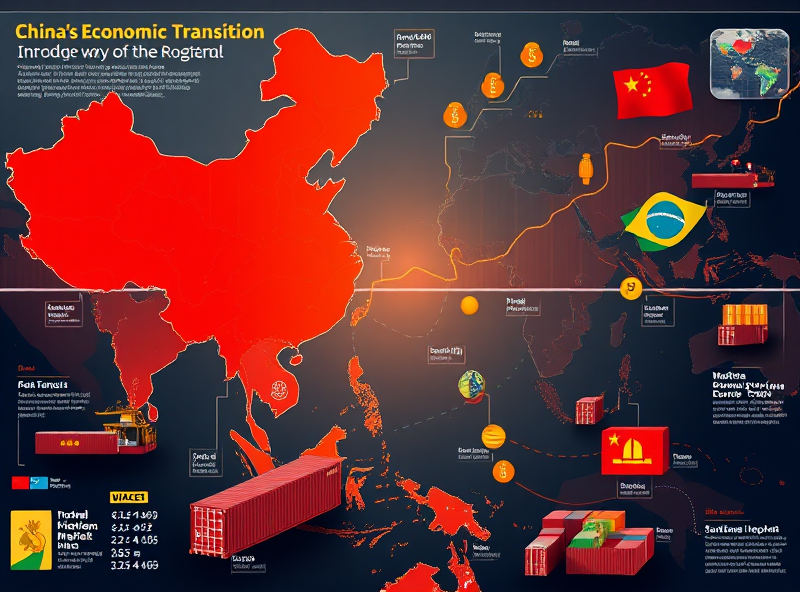Declining Domestic Economy and Real Estate Challenges

China’s economic slowdown has become a pressing topic of global concern, with the domestic economy facing significant challenges, particularly in the real estate sector. Over the past few years, China’s property market has experienced a sharp decline, driven by over-leveraged developers, falling housing demand, and government regulations aimed at curbing excessive borrowing. This has led to a ripple effect, impacting not only local economies but also global markets.
For individuals and businesses, understanding these challenges is crucial. For example, the slowdown in the real estate sector has affected construction jobs, reduced consumer spending, and weakened investor confidence. For global businesses, it’s important to anticipate how this could influence supply chains, raw material costs, and trade relationships.
To navigate these uncertainties, experts recommend diversification of investments, staying informed about policy changes, and exploring opportunities in emerging industries such as green energy and technology. By being proactive, individuals and businesses can better adapt to the shifting economic landscape and minimize potential risks.
Impact of US Tariffs on Chinese Growth

The trade tensions between the United States and China have been a significant factor contributing to China’s economic slowdown in recent years. One of the most impactful measures has been the imposition of US tariffs on Chinese goods. These tariffs, introduced as part of the ongoing trade war, have created ripple effects across China’s economy, particularly in its manufacturing and export sectors.
For Chinese manufacturers, higher tariffs mean increased costs for exporting goods to the US, which is one of their largest markets. This has led to reduced demand for Chinese products abroad, forcing many businesses to cut back on production or even shut down. The result? A rise in unemployment and a slowdown in industrial growth.
Moreover, the tariffs have discouraged foreign investment in China, as global companies seek to avoid the higher costs associated with Chinese exports. This has further strained China’s economic growth and has made it challenging for the country to maintain its previous pace of development.
For individuals and businesses worldwide, this situation serves as a reminder of how interconnected the global economy is. Understanding these dynamics can help businesses adapt their strategies, such as diversifying supply chains or exploring alternative markets, to mitigate risks. By staying informed, you can make smarter decisions in an ever-changing economic landscape.
Structural Growth Challenges and Labor Concerns

China’s economic slowdown has raised global concerns, and one of the critical factors behind this deceleration lies in its structural growth challenges and labor market issues. Over the past few decades, China has relied heavily on infrastructure investments and export-driven growth. However, as the global demand for Chinese goods slows and domestic consumption struggles to pick up the slack, this growth model is proving unsustainable.
One of the key structural challenges is the aging population. With a rapidly aging workforce and declining birth rates, the labor market is under immense pressure. Fewer young workers entering the workforce means reduced productivity and increased strain on social welfare systems. Additionally, the mismatch between the skills of the labor force and the demands of the modern economy is creating inefficiencies. Many industries are transitioning to high-tech and service-oriented sectors, but a significant portion of the workforce remains concentrated in traditional manufacturing roles.
For individuals and businesses, understanding these dynamics is crucial. Companies operating in or trading with China may need to adapt their strategies to align with the changing economic landscape. For instance, businesses could explore opportunities in emerging sectors like green energy, technology, and healthcare, which are expected to grow despite the broader slowdown.
On a personal level, this serves as a reminder of the importance of upskilling and staying adaptable in a rapidly changing global economy. Workers in any country can take inspiration from this situation to continuously invest in education and skills that align with future economic trends.
While these challenges are significant, they also present opportunities for innovation and transformation. With the right policies and investments, China has the potential to address these structural issues and build a more sustainable economic future.
Global Commodities and Supply Chain Shifts

China’s economic slowdown is reshaping global supply chains and impacting commodity markets in significant ways. As one of the world’s largest consumers of raw materials, China’s reduced demand for commodities like steel, copper, and oil has led to declining prices globally. This shift is particularly challenging for countries that rely heavily on exporting these materials, such as Australia, Brazil, and several African nations.
Moreover, businesses worldwide are reevaluating their supply chain strategies. With China’s manufacturing sector facing slower growth, companies are diversifying their production bases to reduce dependency on a single market. Southeast Asian countries like Vietnam, Indonesia, and Malaysia are emerging as attractive alternatives due to their competitive labor costs and growing infrastructure.
For consumers, this means potential changes in product availability and pricing. While some goods may become cheaper due to lower commodity prices, others could face delays or increased costs as supply chains adjust. Staying informed about these shifts can help businesses and individuals make smarter decisions, whether it’s exploring new trade opportunities or managing personal finances more effectively.



